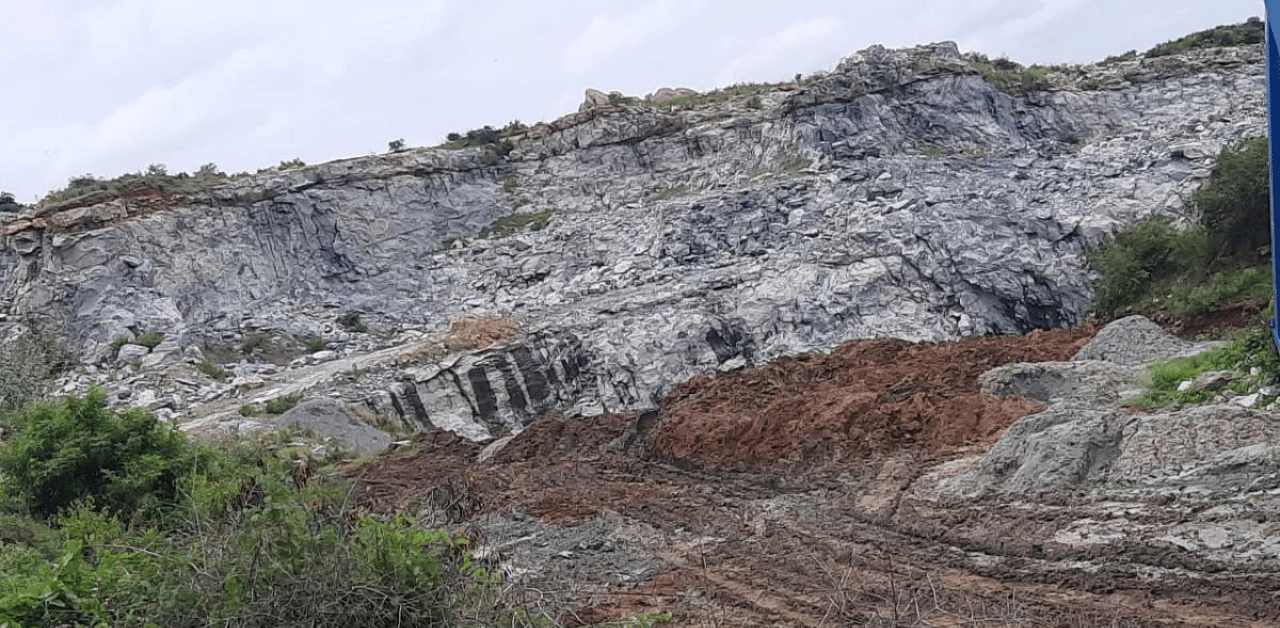
The abandoned stone quarries of Anjanapura will soon be filled with silt from the 218-km stormwater drain network of Bellandur, Varthur and Agara lakes.
At a time when quarries are becoming the potential habitats of leopards, the move could be a win-win situation. A forest official hoped that filling the quarries would reduce man-animal conflicts and help revive greenery.
Farmers had previously declined to take the silt from the lakes following reports of heavy metal contamination in the soil. In a report submitted recently to the National Green Tribunal, a monitoring committee said that the process of removing silt from two of Bengaluru’s largest lakes, Bellandur and Varthur, was still underway.
The committee had been formed by the NGT to supervise the clean-up of the lakes after the notorious fire accident in Bellandur Lake.
The BBMP has submitted to the committee that it was cleaning 105.14 km of stormwater drains (SWDs). The process includes removing silt, floating tresses, vegetation and other organics, and transporting them to the quarries in Anjanapura.
A member of the committee called for disposing of the silt at the earliest to expedite the rejuvenation of the two lakes.
In his report to the NGT, the committee’s chairman, former Lokayukta Justice (retired) N Santosh Hegde, stated that tests on silt obtained from Varthur Lake showed that the soil was non-hazardous and that the BDA and the KSPCB could dispose it of “based on demand”. The tests were carried out jointly by the Central Pollution Control Board (CPCB) and the Karnataka State Pollution Control Board (KSPCB).
However, in the case of Bellandur Lake, tests conducted by the IISc had found the presence of heavy metals that are hazardous to health. An analysis of the sediments for leachability test is still in progress. “The standard protocol for assessing the hazardous (material) is being followed through toxicity characteristic leaching procedure and soluble threshhold limit concentration investigations,” it said.
The NGT had asked for action against people responsible for allowing the discharge of treated water into underground drains, which was causing a loss of Rs 2 lakh per day to the BWSSB.
The BWSSB stated that 109 buildings had stopped releasing treated water into underground drains and that treated water was now being released as per the orders of the KSPCB.
“In view of these facts and circumstances, it is requested by the BWSSB not to initiate action against their officials,” the report said.